Optimal Timing for Fence Staining
Timing plays a crucial role in achieving optimal results for backyard fence stainings. The best time depends on weather conditions, wood condition, and regional climate. Proper timing ensures the stain penetrates effectively, enhances appearance, and extends the lifespan of the fence.
Spring and fall are generally considered the best seasons for fence staining due to moderate temperatures and lower humidity levels.
Staining should be done when daytime temperatures are between 50°F and 85°F, avoiding extreme heat or cold that can affect stain absorption.
It is important to choose a period without rain or high humidity for at least 24-48 hours post-application to allow proper drying.
Fence surfaces should be cleaned and dried thoroughly before staining, ideally during dry weather to prevent moisture issues.

Spring offers moderate temperatures and increasing daylight, ideal for fence staining.
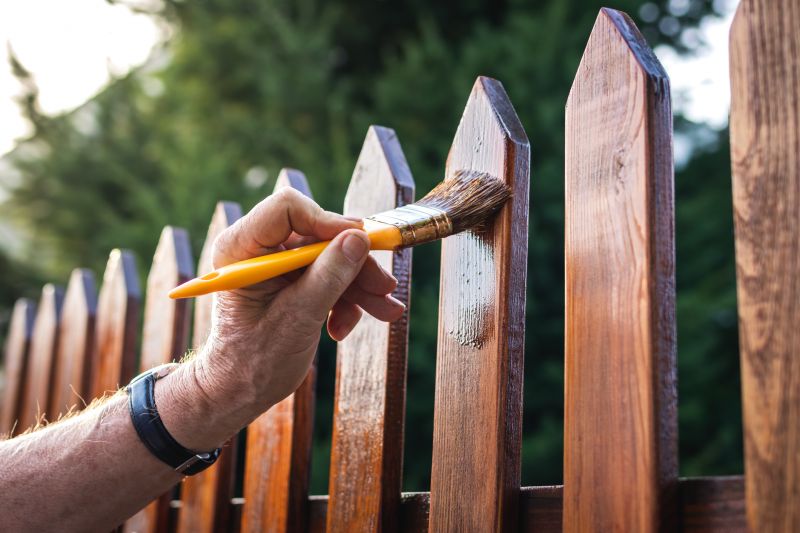
Fall provides cooler weather and less humidity, suitable for preparing fences for winter.
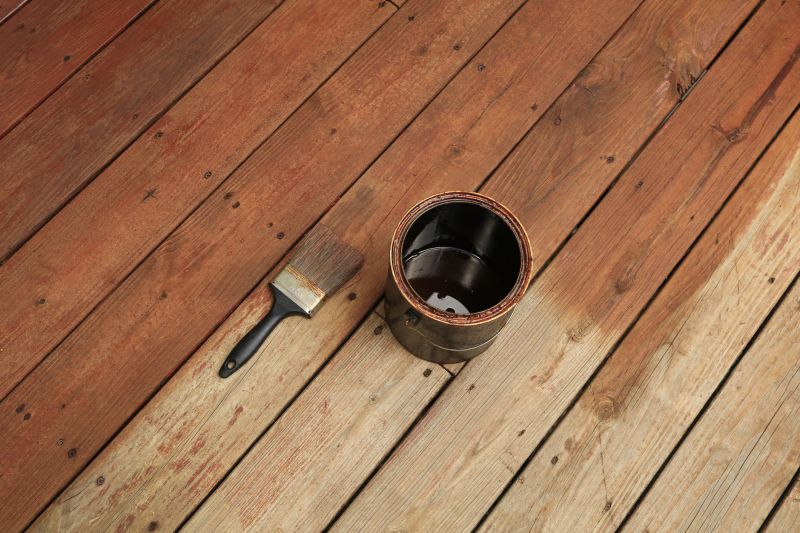
Choosing a period with no rain ensures proper stain adhesion and drying.
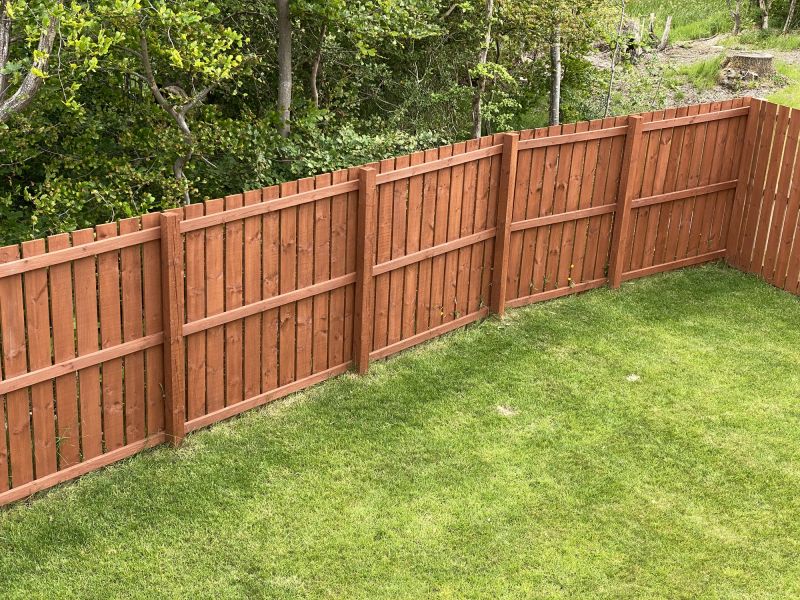
Ways to make Backyard Fence Stainings work in tight or awkward layouts.
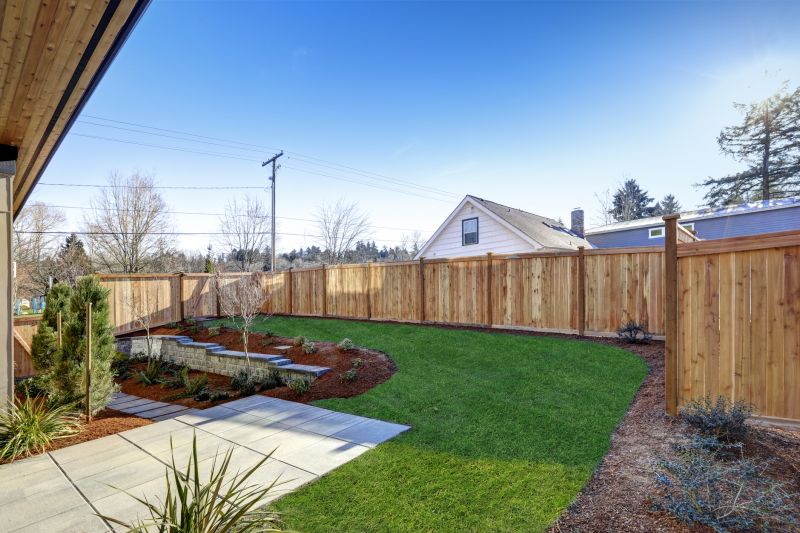
Popular materials for Backyard Fence Stainings and why they hold up over time.
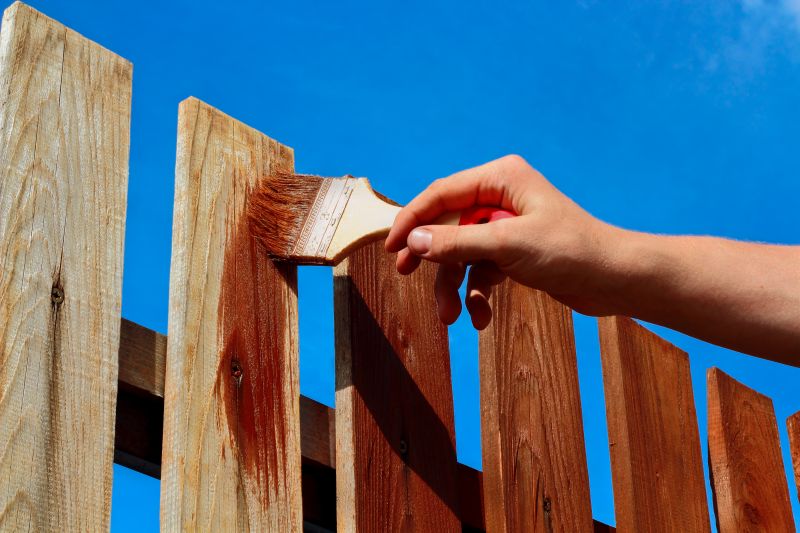
Simple add-ons that improve Backyard Fence Stainings without blowing the budget.
Backyard fence stainings protect wood from weather damage, UV rays, and pests. Regular staining can extend the life of a fence by up to several years, maintaining its appearance and structural integrity. The process involves cleaning the surface, choosing the right stain type, and applying during optimal weather conditions. Statistics indicate that fences stained every 2-3 years tend to show less weathering and require fewer repairs.
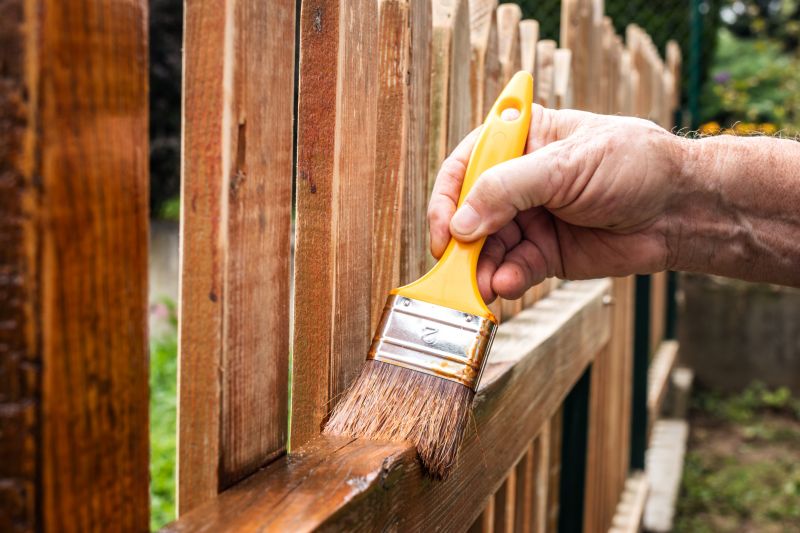
Proper cleaning and drying are essential steps before staining.
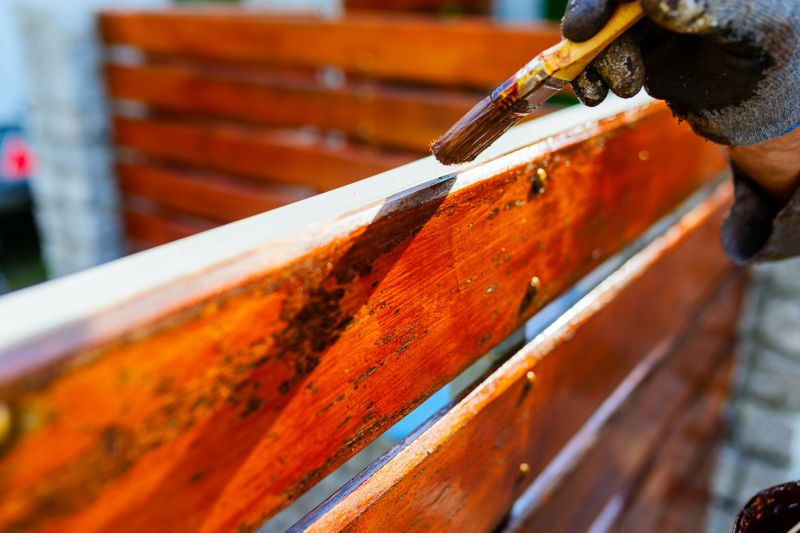
Different stains are suitable for various wood types and exposures.
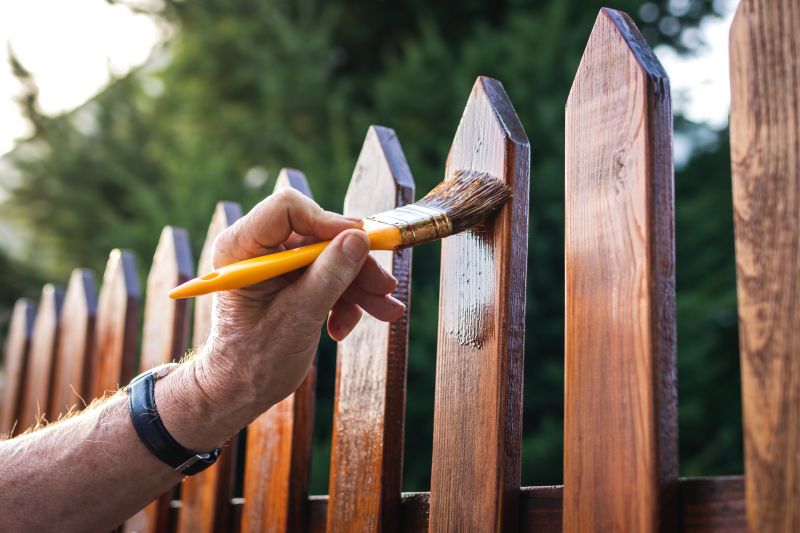
Applying stain evenly with brushes or sprayers ensures a uniform finish.
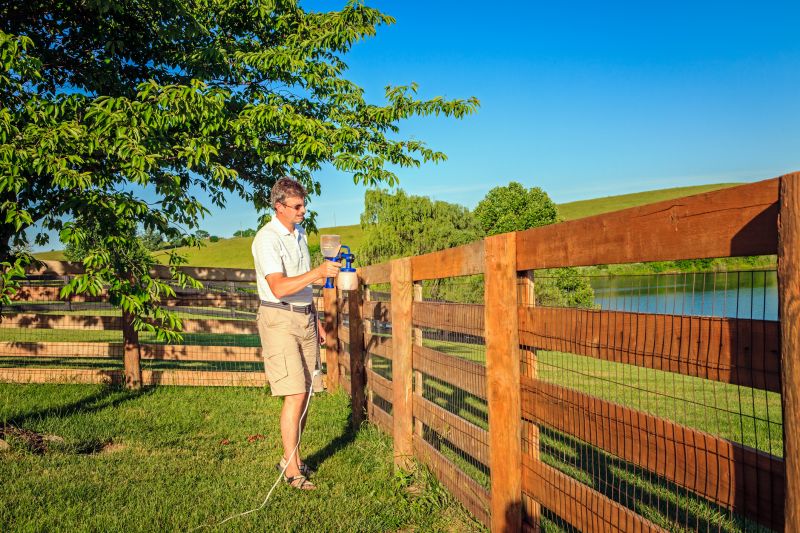
Allow sufficient drying time and avoid rain for at least 24 hours after application.

High-end options that actually feel worth it for Backyard Fence Stainings.
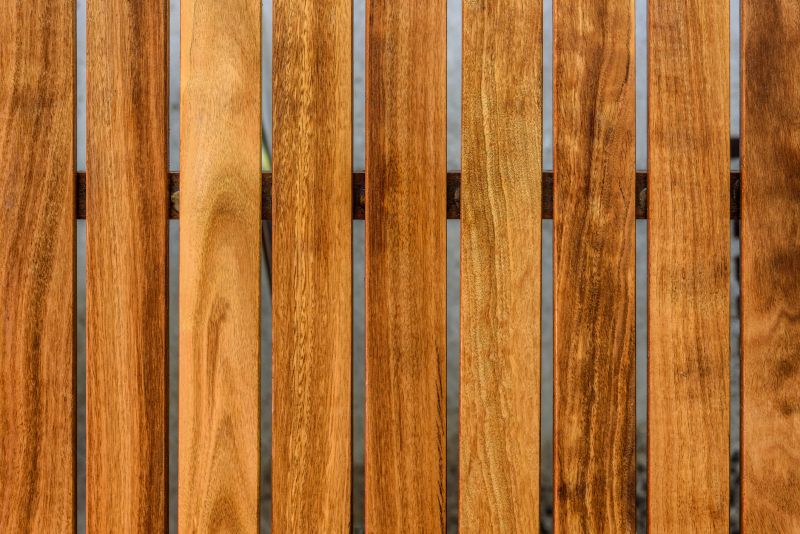
Finishes and colors that play nicely with Backyard Fence Stainings.
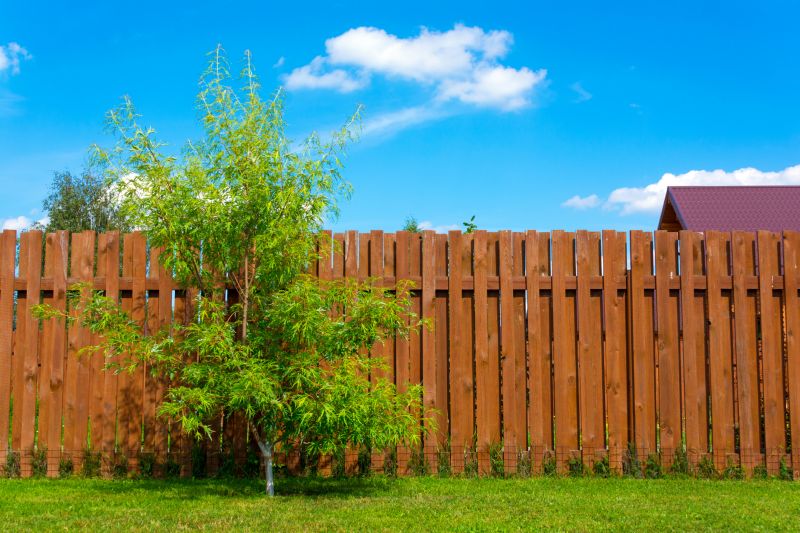
Little measurements that prevent headaches on Backyard Fence Stainings day.
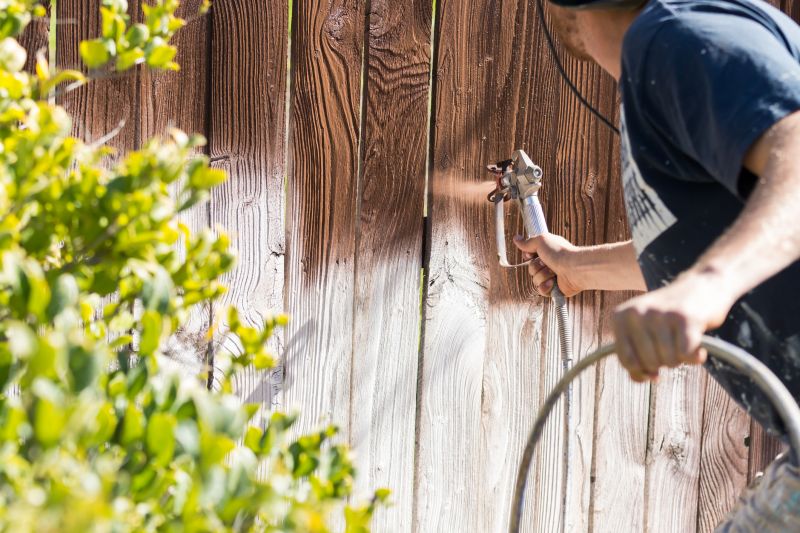
A 60-second routine that keeps Backyard Fence Stainings looking new.
| Season | Temperature Range | Ideal Conditions |
|---|---|---|
| Spring | 50°F - 70°F | Moderate temperatures with low humidity |
| Summer | 70°F - 85°F | Early mornings or late afternoons to avoid heat |
| Fall | 50°F - 70°F | Cooler temperatures and dry weather |
| Winter | Below 50°F | Not recommended due to cold and moisture risks |
| Humid Regions | Variable | Shorter windows during dry spells |
